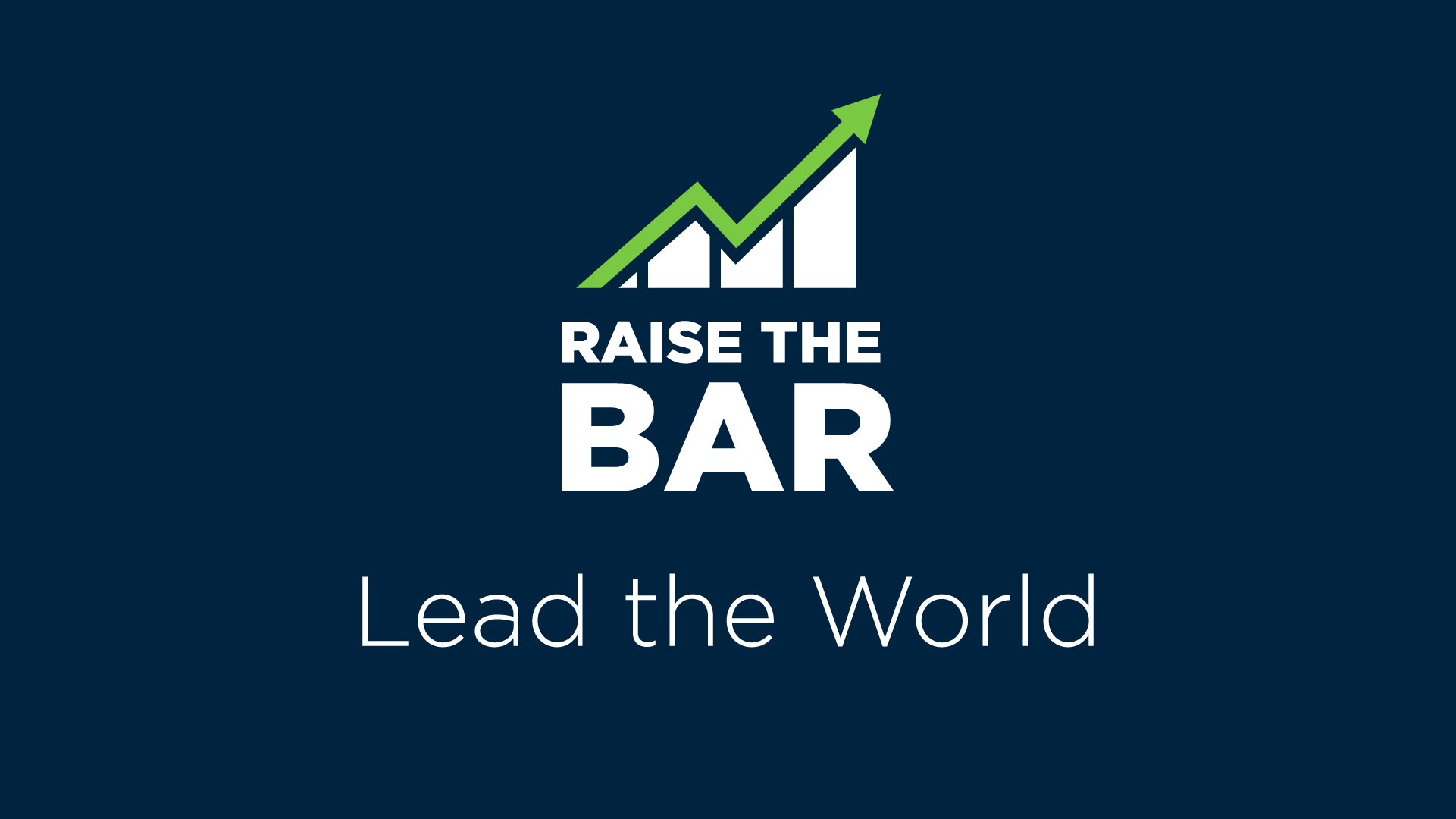Since taking office, President Joe Biden and Vice President Kamala Harris have prioritized public education, making significant strides through the “Raise the Bar: Lead the World” initiative. The administration recently released 52 fact sheets that detail the specific actions and investments made across all 50 states, the District of Columbia and Puerto Rico, highlighting the positive impact on schools, colleges, universities and students.
These fact sheets outline how federal funding has bolstered educational experiences, supported student mental health and reopened schools swiftly after the pandemic. U.S. Secretary of Education Miguel Cardona emphasized the importance of these efforts, stating, "Public education is the foundation of opportunity and social mobility in this country. I could not be prouder of the Biden-Harris administration’s historic investments in public education. These 52 fact sheets show tangible ways our investments have raised the bar for students and schools across the nation."
The fact sheets illustrate how the administration’s investments are delivering results for students, families and communities by implementing evidence-based strategies to accelerate academic success. With the administration’s continued focus on education, schools across the country are seeing the results of these investments, ensuring brighter futures for students of all backgrounds.
The Biden-Harris administration’s historic investments in pre-K–12 and higher education include:
Securing the largest-ever federal education investment and helping nearly 100,000 public schools reopen strong and recover academically. Investments include:
- $130 billion in American Rescue Plan aid across America to address academic, mental and physical health impacts of COVID-19 on children.
- $60 billion to help rural, urban and suburban schools support about 27 million high-need students—a $2 billion increase in Title I funding under the Biden-Harris administration.
- $53 billion to support special education and related services for 7.5 million students with disabilities in America—a $1.5 billion increase in IDEA Part B funding under the Biden-Harris administration.
- $7.6 billion in career, technical and adult education, helping connect students to high-quality career learning and workforce development opportunities—a $628 million increase under the Biden-Harris administration.
- $3 billion to expand high-quality language instruction for more than 5 million English learners in America—a $95 million increase in Title III funding under the Biden-Harris administration.
Tackling the youth mental health crisis, addressing gun violence and improving climate across America’s schools. Investments include:
- $1 billion for school-based mental health professionals, to directly respond to the mental health needs of young people by preparing a projected 14,000 additional mental health professionals to serve America’s schools.
- $1 billion to help schools reduce gun violence, create safe and welcoming school environments and address youth mental health needs through the Bipartisan Safer Communities Act, the most significant new gun violence prevention law in nearly 30 years.
- $253 million to create more than 2,000 new full-service community schools in the country, providing crucial supports to serve more than 1 million students’ physical, mental health and academic needs.
- $5 billion invested in Title IV, Part A funding for schools to create inclusive learning environments and provide a well-rounded education.
Strengthening and expanding teacher educator pipelines, including for underrepresented teachers.Investments include:
- Under the Biden-Harris administration:
- Average teacher pay is projected to have increased 9.5% through school year 2023–24.
- There are now registered apprenticeship programs for teachers approved in 38 states, Washington, D.C., and Puerto Rico.
- Federal investments have helped create more than 643,000 education jobs.
- $8.6 billion invested to help bolster educator recruitment, retention and professional learning for America’s 3 million teachers through Title II-A funding.
- $895 million awarded in competitive grants to recruit and develop highly qualified educators, and support affordable, comprehensive, high-quality pathways into teaching, and help schools address the needs of all learners—including multilingual learners and students with disabilities.
- $23 million in the first funding to the Augustus F. Hawkins Centers of Excellence Program to increase the number of teachers of color and multilingual educators across the country.
Fighting for college affordability, postsecondary success and career pathways. Investments include:
- Securing $7,395 for the maximum Pell Grant, including the largest increase to the maximum award ($900) in the last decade—with Pell Grant aid reaching more than 6 million students with more than $31 billion in aid across America.
- $39 billion in American Rescue Plan aid to more than 5,000 American colleges and universities to safely reopen from the COVID-19 pandemic and ensure students have additional financial aid and support.
- $5.3 billion for American colleges and universities, nonprofits and community organizations to increase college access and success for low-income and first-generation students, and students with disabilities through federal TRIO programs and GEAR UP programs.
- $3.3 billion to build capacity at historically Black colleges and universities, Hispanic-serving institutions, tribal colleges and universities, Alaska native and native Hawaiian-serving -nstitutions, Asian American- and Native American Pacific Islander-serving institutions, predominately Black institutions and Native American-serving nontribal institutions.
- $222 million to meet students’ basic needs and reduce nonacademic barriers to college success through the Child Care Access Means Parents In School program and Fund for the Improvement of Post Secondary Education (FIPSE) Basic Needs programs.
- $14 billion in vocational rehabilitation to expand services and employment services for individuals with disabilities.
Delivering student debt relief to student loan borrowers. Including:
- Approving $170 billion in relief for nearly 5 million borrowers.
- Fixing the Public Service Loan Forgiveness program and providing more than $69 billion in relief for about 946,000 borrowers. By comparison, only 7,000 borrowers had received relief through this program at the start of the administration.
Figures reflect aggregate investments made by the department over federal fiscal years (FY) 2021 through FY 2024. Additional funding will continue to be disbursed by the department in the weeks ahead as the department concludes grant awards in FY 2024 and begins making new grants in FY 2025.
The state-by-state fact sheets can be found at the department’s Raise the Bar: Lead the World website.

